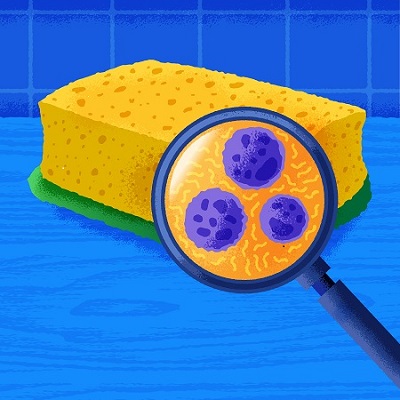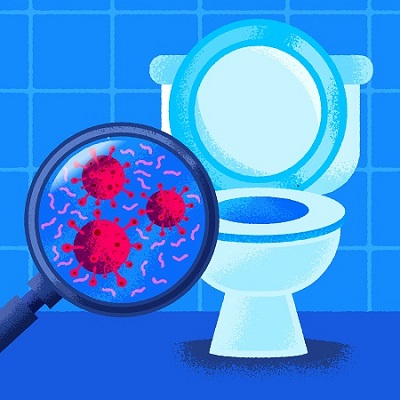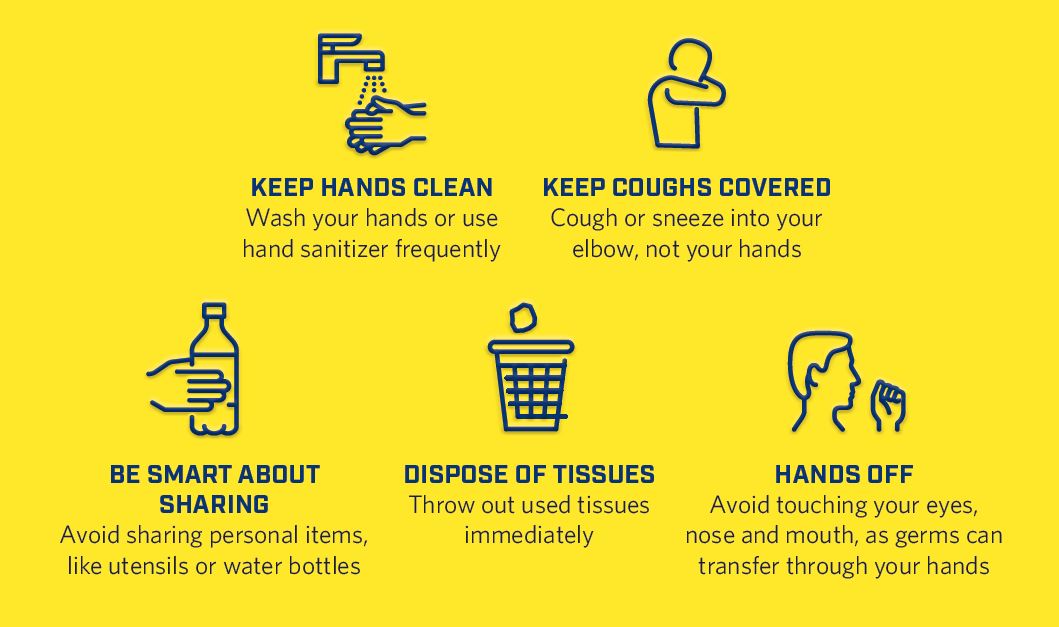Simple things to know and do to stay healthy
Something Leila Kipke misses about working in health care is the sleuthing.
Before she became a Medical Laboratory Technology instructor (she’s a grad of the program, too), Kipke worked in both a private lab and at an Edmonton hospital. At the latter, a superbug called methicillin-resistant Staphylococcus aureus (MRSA) would turn up on wards fairly regularly. Tracking down the cause of such outbreaks is essential to patients' health, and infection control measures and the lab are key players in the process.
“It was a process of elimination,” says Kipke. “I loved that part.”
In hospitals, med lab techs can play a key role in pinpointing origins of infection, whether it’s an antibiotic-resistant bacterium or a virus like COVID-19. That means swabbing surfaces including bathroom door handles, bed rails, various pieces of equipment, even other patients. In one case, Kipke found that everything tested negative, yet the superbug persisted.
That left one possible source: people other than the patients.
After swabbing the nose hairs of staff members who'd been in contact with those who were infected, Kipke and her colleagues identified a single nurse as a carrier. While she showed no symptoms, she was spreading the bug. She was removed for treatment, and the infection went with her. “It’s solving a puzzle,” says Kipke.
Especially during the cold and flu season, we might also wonder where we might have picked up a bug, even one far tamer than MRSA. More so, we may wonder how we can avoid getting one in the first place. We asked Kipke about things we encounter every day that tend to be the usual suspects as sources of sickness.
 In the kitchen
In the kitchen
Sponges and brushes we use to scrub our dishes may not be up to the task, says Kipke. “If something looks like it's dirty or worn, discard it and get a new one.”
“If something looks like it's dirty or worn, discard it.”
Be aware of other shared surfaces that may harbour germs. That said, those made of metal are generally cleaner than expected. If it’s smooth, like stainless steel is, bacteria tend not to be able to stick around on things like the handles of doors and fridges as easily.
If it’s not metal, be wary. “Plastics hold bacteria way longer than other materials,” says Kipke.
(That fact may also answer that perennial question regarding public transit: Should you hold onto that plastic strap, or opt for the metal bar overhead?)
In the bathroom
 Bathroom sinks are veritable pool parties for germs, followed by toilet seats.
Bathroom sinks are veritable pool parties for germs, followed by toilet seats.
Keep those lids down, says Kipke. Flushing creates aerosols, causing bacteria to become airborne, sometimes in a plume almost five metres high. At home, your toothbrush is quite likely in the vicinity.
Flushing creates aerosols, causing bacteria to become airborne.
At the office, the bathroom door handle may be cleaner than you think.
One reason, of course, is that it’s made of metal. Another reason: “Lots of people don’t use it because they think other parts of the door will be cleaner,” says Kipke. Avoid the worn-looking part that everyone has likely been touching.
At your office desk
 Of all the equipment on your desk, your cellphone is likely the most contaminated. In fact, Kipke notes, one in six test positive for microbes indicative of fecal matter, which is why they tend to rank high on lists of dirtiest everyday things.
Of all the equipment on your desk, your cellphone is likely the most contaminated. In fact, Kipke notes, one in six test positive for microbes indicative of fecal matter, which is why they tend to rank high on lists of dirtiest everyday things.
While keyboards and mice can also be culprits, bacteria and viruses are more likely to hide in the cracks and tears in worn-out hand rests – rough surfaces to which they can easily cling, then multiply.
Your cellphone is likely the most contaminated.
Pro tip: Don’t set bags, purses, or backpacks on desks. “Usually the bottoms are grossly contaminated,” says Kipke, especially if they’re made of cloth rather than leather. This is because we set them on floors (like on the bus or LRT) out in the world.
“If we were to culture a floor, you'd find it would be filthy.” Carpets tend to be worse.
How to stay healthy in a world full of germs
Wash your hands well. The length of Twinkle, Twinkle, Little Star is about how long you should scrub, says Kipke. Like that scratch on the keyboard pad, your scrapes and callouses need extra attention, as do cuticles and under fingernails. Avoid antibacterial soap, which can contribute to antibiotic resistance.
Don’t contaminate yourself. Eating at your desk is a good way to move germs from keyboard to lunch to mouth. Throw your cellphone into the mix and the menu may get uglier still.
Clean things now and then. Run a disinfecting wipe over surfaces and allow the cleaner to stay in contact for at least three minutes. Pre-soaked wipes kill bugs with chemicals such as alcohol, chlorine and ammonium.
Don’t freak out. “We’re mostly bacteria and water,” says Kipke. In fact, the body harbours 10 times as many foreign microbial cells as native ones. “We need to embrace them as part of our world.” That involves routine cleaning, but not attempts to stamp out every occurrence of microbial life in your midst.